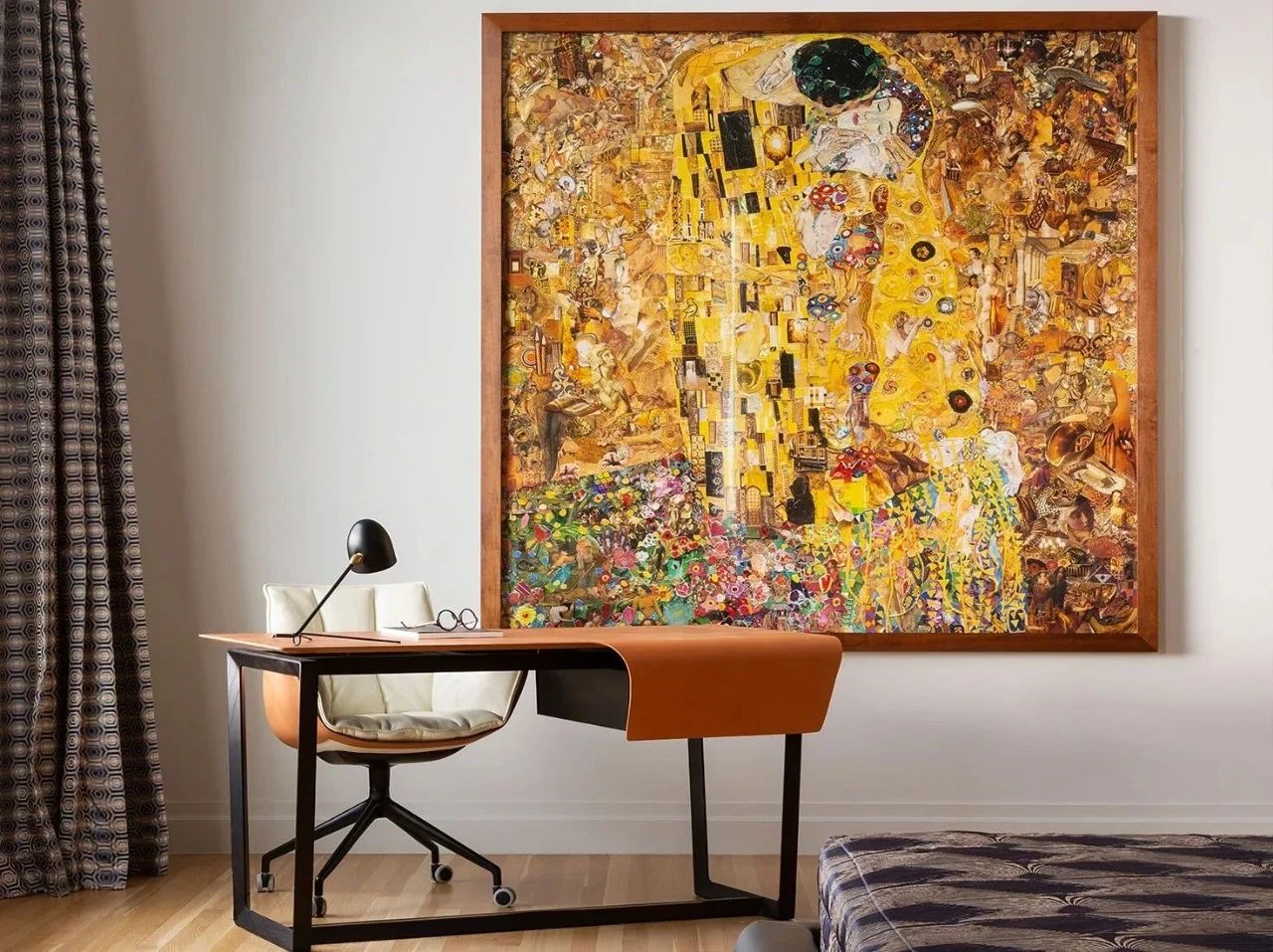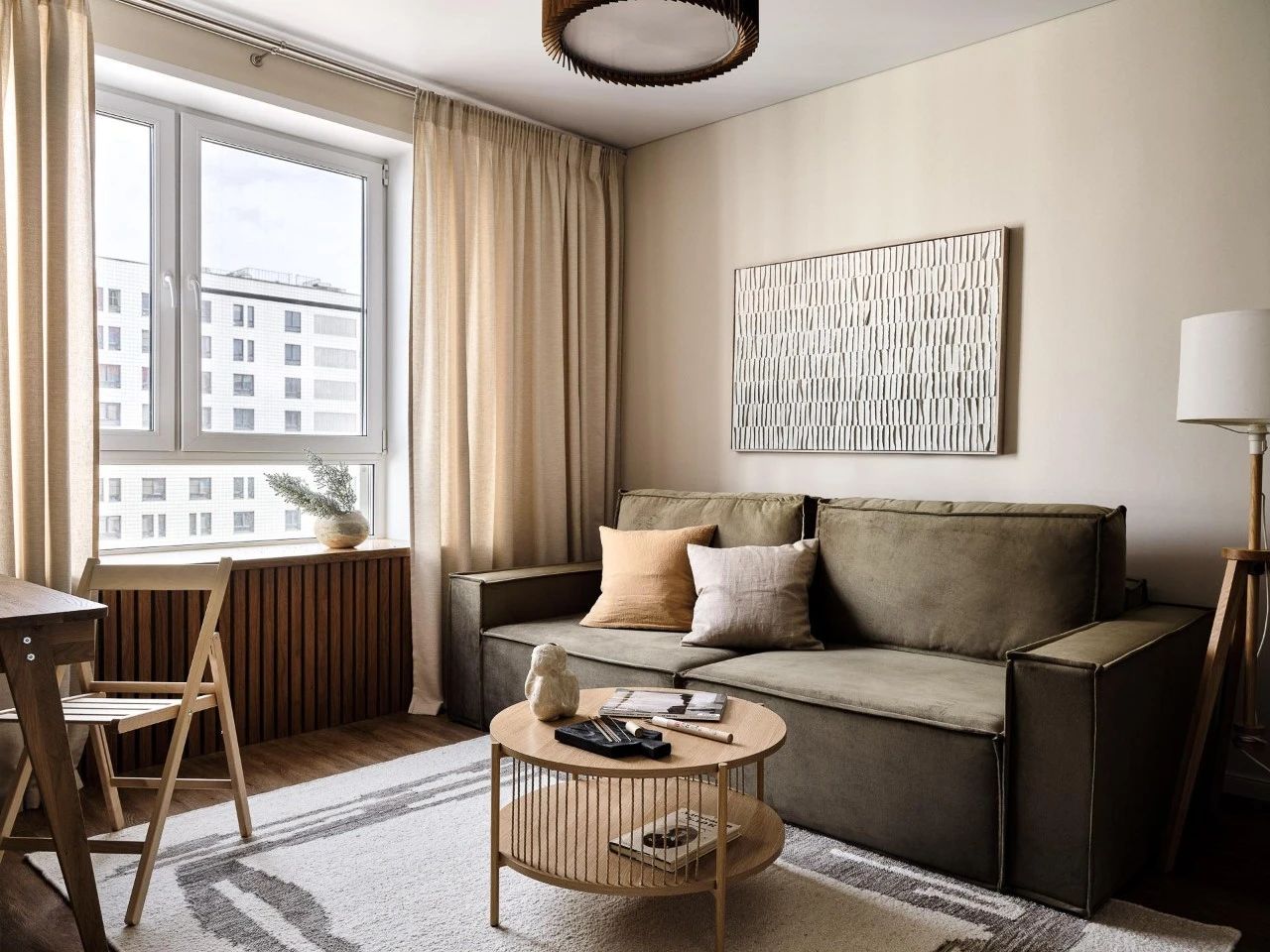Vanke Pavilion
2015-05-07 03:00
© Hufton+Crow
赫夫顿乌鸦
hufton_crow-01.jpg)

架构师提供的文本描述。由世界著名建筑师丹尼尔·利贝斯金德(纽约/米兰/苏黎世)设计的万科中国公司展馆将探讨与世博会主题有关的关键问题,“喂养地球,为生命提供能源”。室内展览设计由拉尔夫·阿佩尔鲍姆协会(纽约/伦敦/北京/柏林/莫斯科)领导,平面设计由韩嘉颖(北京)领导。
Text description provided by the architects. Designed by world-renowned architect Daniel Libeskind (New York/Milan/Zurich), the corporate pavilion for Vanke China will explore key issues related to the theme of the Expo, “Feeding the Planet, Energy for Life”. The interior exhibition design is led by Ralph Appelbaum Associates (NewYork/ London/Beijing/Berlin/Moscow) with graphic design by Han Jiaying (Beijing).
© Hufton+Crow
赫夫顿乌鸦
hufton_crow-19.jpg)

“万科亭”的概念包含了中国文化中与食物有关的三种观念:中国传统餐厅“石堂”;“山水”,“生命的基本元素”;“龙”,“龙”与“农耕”和“食粮”有关。所有这三个概念被纳入万科馆的展览,建筑和程序。
The concept for the Vanke Pavilion incorporates three ideas drawn from Chinese culture related to food: the shi-tang, a traditional Chinese dining hall; the landscape, the fundamental element to life; and the dragon, which is metaphorically related to farming and sustenance. All three of these concepts are incorporated in the Vanke Pavilion’s exhibition, architecture and program.


中国万科集团董事长王石说:“随着城市的快速增长迫使人口居住在更近的地方,社会解体的风险也越来越大,我们委托这座展馆从隐喻上和物理上解决与世博会主题相关的当代生活问题。”“中国文化中的饮食传统有许多强烈的联想,从”石堂“的概念到龙的形式,”龙“是从中国农业史上神话中衍生出来的。通过这些概念,我们的目标是在全球范围内代表万科的目标:在一个可持续和创新的环境中创造充满活力、健康的社区的可能性。“王主席补充说。
“As the rapid growth of cities forces populations to live in closer proximity and the risk of social disintegration rises, we commissioned this pavilion to address both metaphorically and physically the issues of contemporary life related to the theme of the Expo,” said Wang Shi, Chairman, China Vanke. “The tradition of food in Chinese culture has many strong associations, from the concept of the shi-tang (dining hall) to the form of the dragon, which is mythically derived from the history of agriculture in China. Through these concepts we aim to represent Vanke’s goals on a global scale: the possibility to create vibrant, healthy communities in a sustainable and innovative environment,” added Chairman Wang.
© Hufton+Crow
赫夫顿乌鸦
hufton_crow-13.jpg)

这座800平方米的展馆位于竞技场的东南边缘,从东方升起,形成了一个充满活力的垂直景观。该设计的特点是一个曲折的几何图案之间流动的内部和外部。一个巨大的楼梯,穿着温暖的灰色混凝土,雕刻通过红色蛇形的形式,并引导游客到上层。屋顶的观景台和种植的花园将提供令人惊叹的景观湖和附近的意大利馆。
Situated on the southeast edge of the Lake Arena, the 800-square meter pavilion appears to rise from the east, forming a dynamic, vertical landscape. The design features a sinuous geometrical pattern that flows between inside and outside. A grand staircase, clad in warm grey concrete, carves through the red serpentine form and guides visitors to the upper level. A roof-top observation deck with a planted garden will provide stunning views of the lake and near-by Italian pavilion.
设计背后的理念是将中国生活的许多方面融入到这个项目中。展馆是一个充满活力的结构,代表着中国人民的成长和耐力。这是一个内外空间的完全融合,使展馆与其周围的公共空间之间意外的相遇。
The concept behind the design was to incorporate many aspects of Chinese life into the project. The pavilion is a dynamic structure that represents the growth and endurance of the Chinese people. It is a complete fusion of internal and external space, which allows for an unexpected encounter between the pavilion and its surrounding public space.
Mezzanine Floor Plan
阁楼平面图


展馆覆盖着4,000多块红色金属瓷砖,这些瓷砖是利贝斯金德与意大利卡萨格兰德帕达纳公司共同设计的。几何陶瓷面板不仅创造了一种表现力的图案,这是一个龙样的皮肤,而且还具有高度可持续的自我清洁和空气净化性能。三维表面涂有金属颜色,随着光线和视点的变化而变化.有时,它会像深红色,然后是耀眼的黄金,甚至,在某些角度,灿烂的白色。这些瓷砖安装了一个最先进的包层支撑系统,给出了节奏模式和数学形式,否则,柔软的,扭转的形状。两条螺旋楼梯,呼应着形体,从湖竞技场入口处向南、向北爬上展馆,既可供循环使用,也可作为座位。
The pavilion is clad in more than 4,000 red metalized tiles that Libeskind designed with the Italian company Casalgrande Padana. The geometric ceramic panels not only create an expressive pattern that is evocative of a dragon-like skin, but also possess highly sustainable self-cleaning and air purification properties. The three-dimensional surface is coated with a metallic coloration that changes as light and viewpoints shift. At times it will appear as deep crimson, then a dazzling gold, and even, at certain angles, a brilliant white. The tiles are installed with a state-of-the-art cladding support system that gives a rhythmic pattern and mathematical form to an otherwise supple, torquing shape. Two spiraling stairs, echoing the form, ascend the pavilion to the south, and to the north from the Lake Arena entrance, serving both as circulation and seating.
© Hufton+Crow
赫夫顿乌鸦
hufton_crow-21.jpg)

在展馆内,游客们会遇到一个展厅,展位上摆满了200块屏风,镶嵌在一个竹脚手架上。森林的屏风和竹子漂浮在一个蜿蜒的反射池,旁边是游客的通道。当参观者在太空中移动时,十分钟的叙事体验在屏幕和超过22个频道的音频中展开。随着每一步,每一个旋转的头部,空间和故事出现了一个新的:它是丰富和分层的;它是立即支离破碎,同时阅读作为一个迷人的,破碎的整体。
Inside the pavilion, visitors encounter an exhibition space filled with a constellation of 200 screens mounted to a matrix of bamboo scaffolding. The forest of screens and bamboo floats above a winding reflecting pool that borders the visitor pathway. As visitors move through the space, a ten-minute narrative experience unfolds across the screens and over 22 channels of audio. With each step and every turn of the head, the space and story appears anew: it is rich and layered; it is at once fragmented and simultaneously reads as an enthralling, shattered whole.
Ground Floor Plan


故事在混乱与平静之间摇摆不定。城市里的疯狂生活与一顿公共餐食的极端缓慢运动紧密相随,首先是在准备过程中,然后是在消费过程中。这个信息-关于通过食物建立联系和建立社区的力量和可能性-意味着人们应该更发自内心地去理解,而不是理智地去理解。
The narrative vacillates between chaos and calm. The frenzy of life in the city is starkly juxtaposed with the extreme slow motion of a communal meal, first in its preparation and then in its consumption. The message—about the power and possibility to forge connections and build community through food—is meant to be understood more viscerally than intellectually.
© Hufton+Crow
赫夫顿乌鸦
hufton_crow-06.jpg)

“万科展馆是建筑和展览设计、展览设计和媒体制作、艺术家和赞助人等多种共生力量的产物。其结果确实是一件罕见的作品:一次规模庞大、极其复杂的体验,感觉就像是被一只手所吸引,“媒体总监亚历克斯·瓦拉克(AlexVack)说。
“The Vanke Pavilion exhibition was the result of many symbiotic forces: between architecture and exhibit design, exhibit design and media production, artists and patrons. The result is a rare creation indeed: a large-scale, extraordinarily complex experience that feels as if it were drawn by one hand,” said Alex Vlack, director of the media.
© Hufton+Crow
赫夫顿乌鸦
hufton_crow-08.jpg)

最高层的展馆提供了一个私人空间,以容纳小型活动和主办贵宾。这间密室的特色是开放式布局、自然日光下的大天窗、卡萨格兰德·帕达纳(CasalGrande Padana)瓦片地板、竹贴面墙面覆盖物,以及利贝斯金为捷克手工玻璃公司Lasvit设计的引人注目的手工玻璃吊灯。
The top level of the pavilion provides a private space to accommodate small events and host VIPs. The intimate room features an open layout, a large skylight that ushers in natural daylight, Casalgrande Padana tiled flooring, bamboo veneer wall coverings and a dramatic hand-blown glass chandelier designed by Libeskind for the Czech artisanal glass company Lasvit.
Detail Section
细节科


© Hufton+Crow
赫夫顿乌鸦
hufton_crow-04.jpg)

hufton_crow-12.jpg)

hufton_crow-18.jpg)

hufton_crow-04.jpg)

hufton_crow-08.jpg)

hufton_crow-06.jpg)

hufton_crow-05.jpg)

hufton_crow-25.jpg)

hufton_crow-26.jpg)

hufton_crow-17.jpg)

hufton_crow-19.jpg)

hufton_crow-20.jpg)

hufton_crow-21.jpg)

hufton_crow-11.jpg)

hufton_crow-01.jpg)

hufton_crow-15.jpg)

hufton_crow-16.jpg)

hufton_crow-10.jpg)

hufton_crow-24.jpg)

hufton_crow-13.jpg)

hufton_crow-07.jpg)

hufton_crow-02.jpg)

hufton_crow-03.jpg)

hufton_crow-23.jpg)

hufton_crow-14.jpg)















Architects Daniel Libeskind
Location Ingresso EXpo, Via Giorgio Stephenson, 107, 20157 Milano, Italy
Category Pavillion
Architect in Charge Yama Karim
Area 1210.0 sqm
Project Year 2015
Photographs Hufton+Crow
























